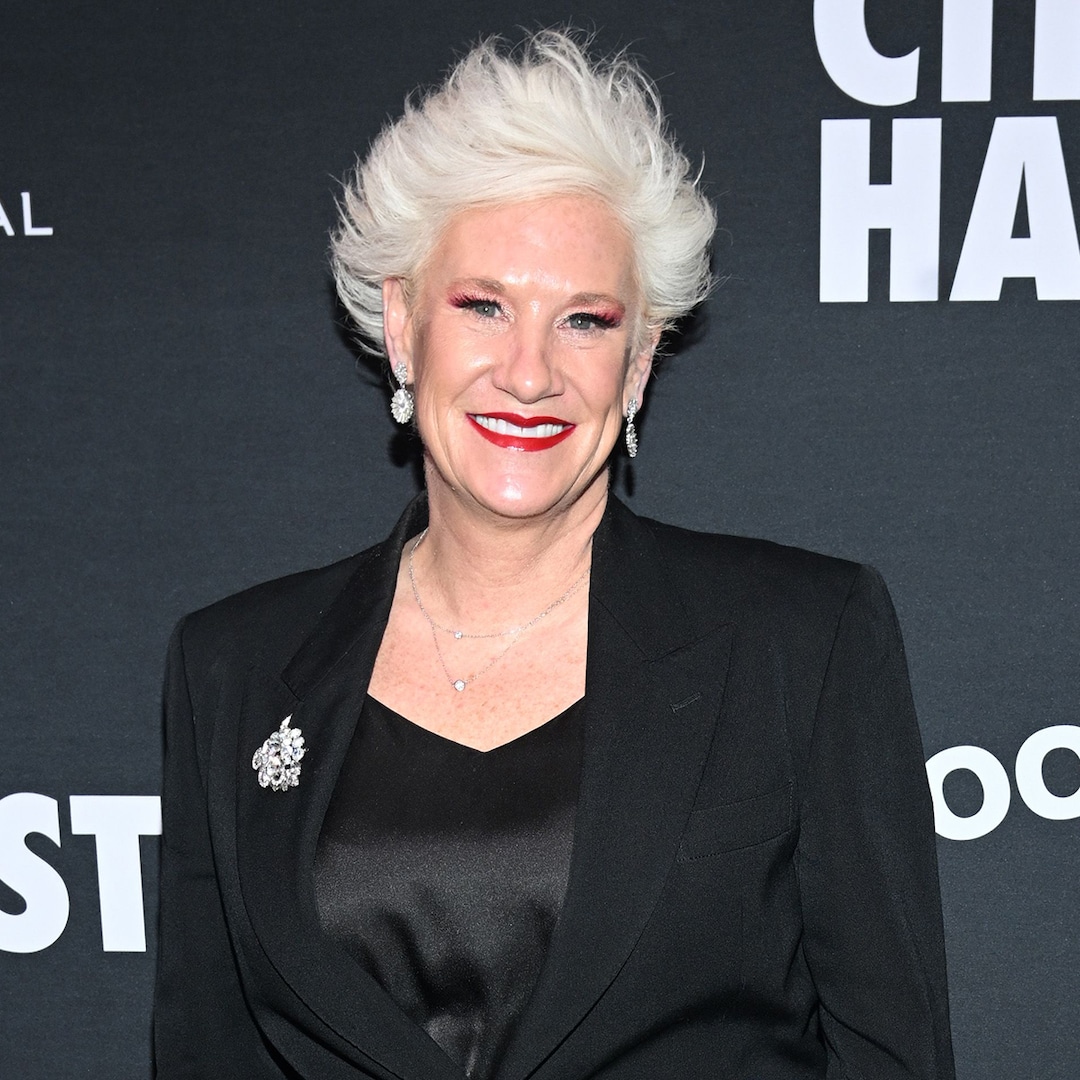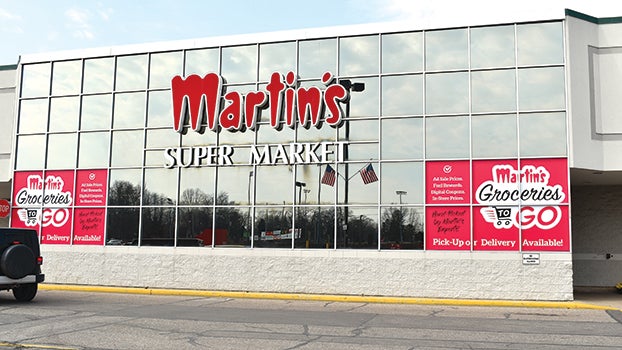Many popular snack foods are brightly colored to attract consumers. However, the way those snacks look could change soon after U.S. Secretary of Health and Human Services Robert F. Kennedy Jr.’s recent announcement.
At a press conference Tuesday, Kennedy said his agency is phasing out synthetic dyes used to enhance color in common foods like candy, chips and cereals.
Currently, the Food and Drug Administration and the food industry have not established an official agreement to eliminate artificial dyes. Instead, they share a mutual “understanding,” as stated by Kennedy.
Here is what synthetic dyes are being eliminated according to Kennedy.
What artificial food dyes are getting banned?
During the press conference, FDA Commissioner Marty Makary said the agency intends to eliminate synthetic food dyes from the U.S. food supply by rescinding approvals for certain dyes and collaborating with industry to facilitate the voluntary removal of others.
Here are the following synthetic food dyes that are slated to be removed by the end of 2026:
The FDA also announced that Citrus Red 2 and Orange B will be removed within the coming months.
Why was Red No. 3 dye banned from consumable products?
The removal follows a 2022 petition from advocates who argue that the additive is associated with cancer and behavioral issues in children. As per the FDA’s announcement on Wednesday, food manufacturers using Red No. 3 have until January 15, 2027, to reformulate their products, whereas those using the dye in drugs have until January 18, 2028.
What products use food coloring?
Breakfast foods, fruit snacks, sauces and more are likely to use food dye.
According to the Environmental Working Group, here is a list of food products that often use food coloring:
-
Dried fruit and trail mix
Why are color additives used in foods?
According to the FDA, food coloring is used to help enhance the look of food products.
Adding color additives can do the following, according to the agency:
-
Offset color loss due to exposure to light, air, temperature extremes, moisture and storage conditions.
-
Correct natural variations in color.
-
Enhance colors that occur naturally.
-
Provide color to colorless and “fun” foods.
— USA TODAY Network contributed to this report.
This article originally appeared on Austin American-Statesman: What artificial food dyes are banned in the US? Here’s a list















